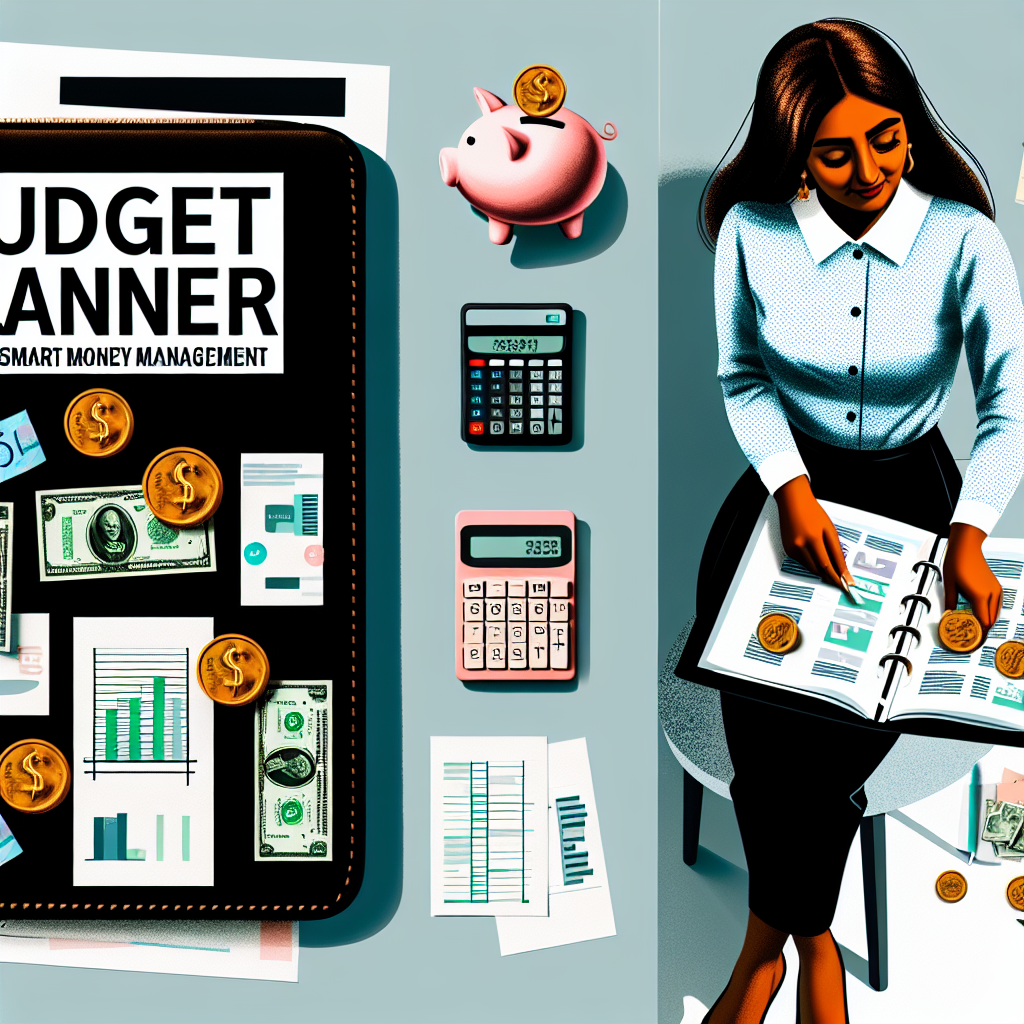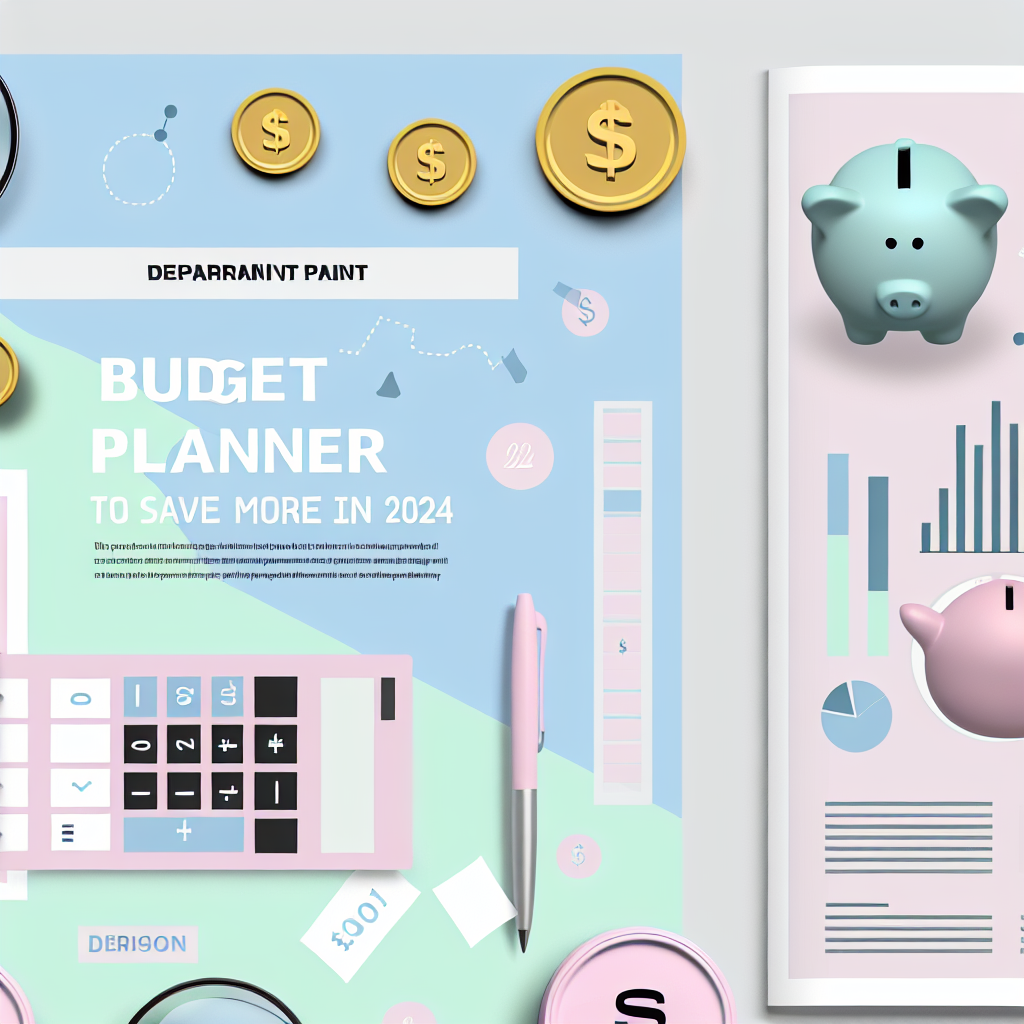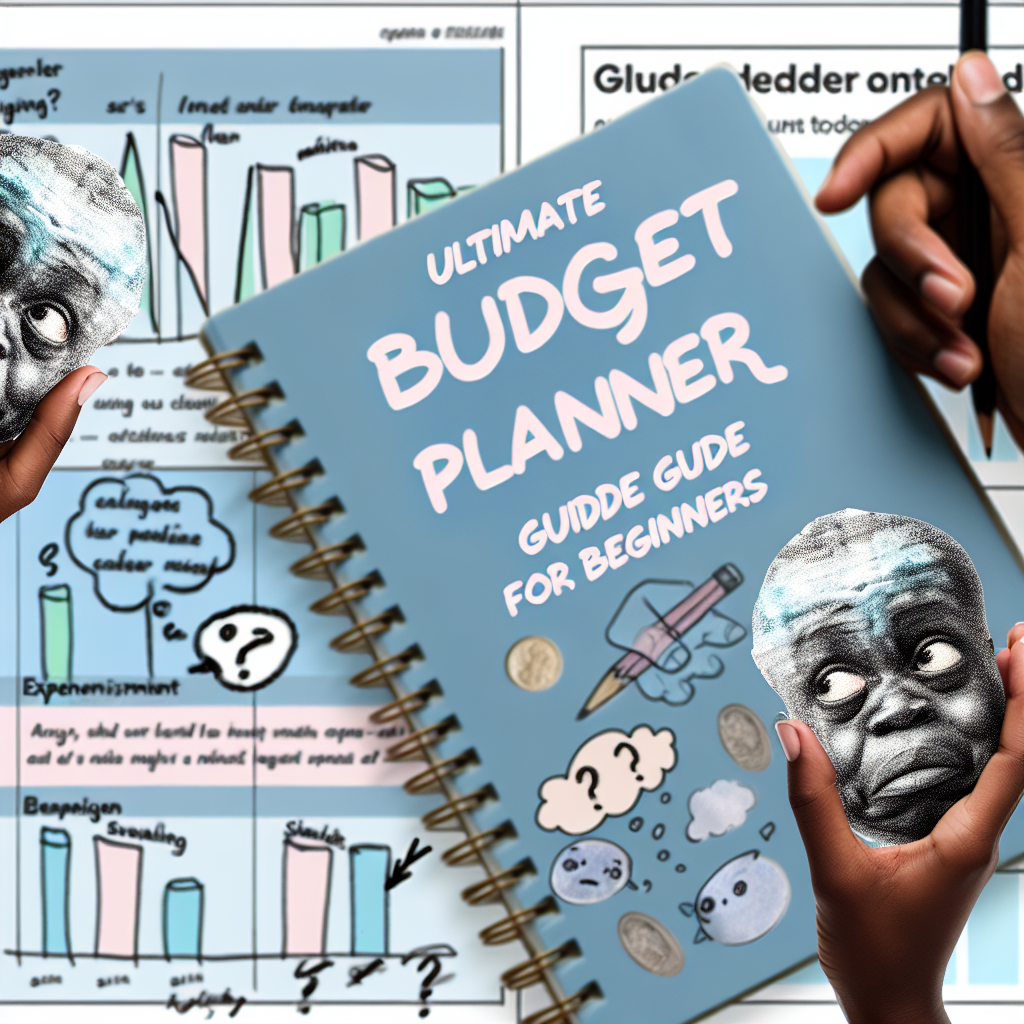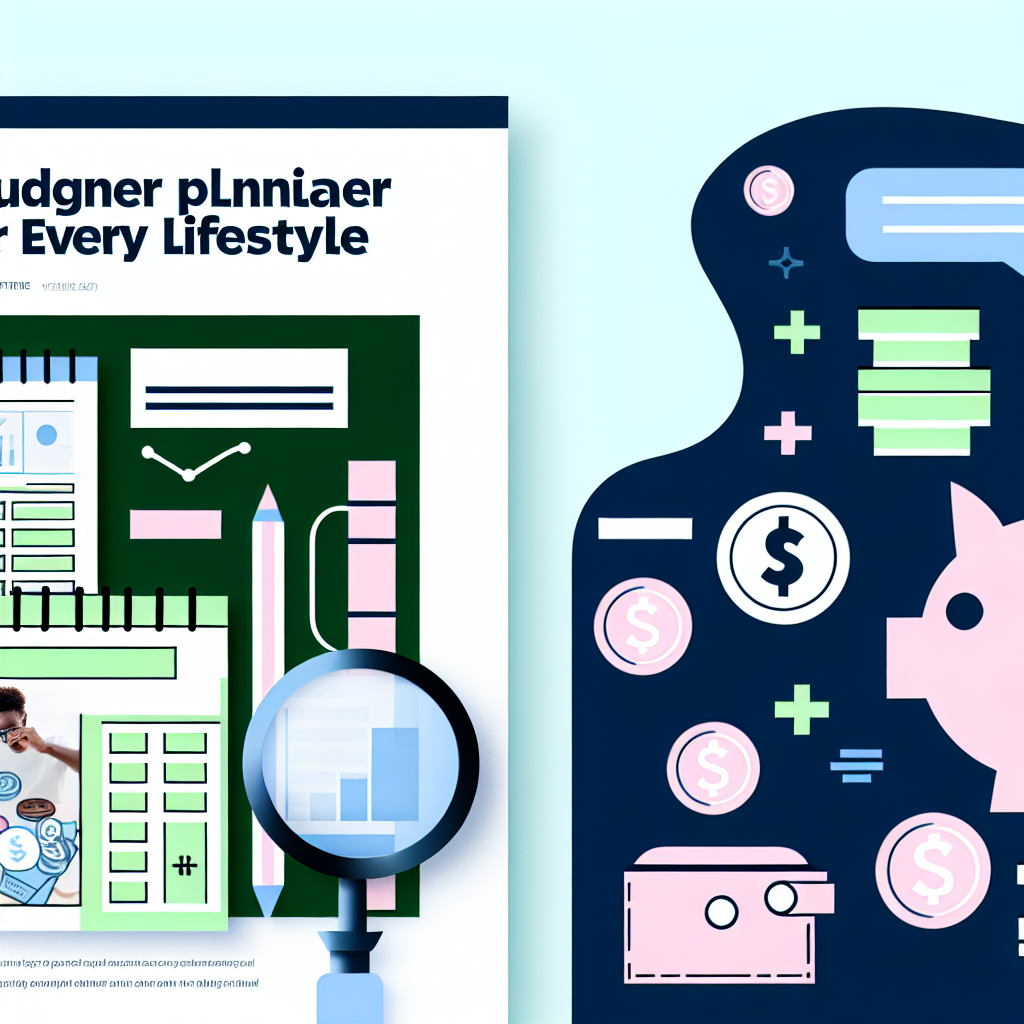=
I still remember the first time I tried to make a budget. It was a Sunday afternoon, and I had scribbled down my expenses on the back of a takeout receipt. The paper was stained with coffee rings, and across the top, in big, angry letters, I’d written “NO SPENDING.” Spoiler alert: it didn’t work. Within two days, I’d blown my “no spending” rule on a random impulse buy—a new pair of headphones I didn’t really need but convinced myself I deserved. I felt like a failure, but more than that, I felt stuck.
That chaotic start was my introduction to budgeting tips for millennials, though I didn’t call it that at the time. What I didn’t realize then was that budgeting wasn’t about strict rules or perfect spreadsheets. It was about learning to be kind to myself while figuring out how to save more today, one messy step at a time.
The “Aha!” Moment: Budgeting Isn’t Punishment
The turning point came after a few months of trial and error. I was sitting on my couch, staring at my bank app, feeling overwhelmed by all the numbers and categories I didn’t understand. Then it hit me: budgeting wasn’t about depriving myself or being perfect. It was about understanding my habits and making small changes that actually fit my life. Budgeting was less a math problem and more a conversation with myself about what mattered most.
That’s when I realized that budgeting tips for millennials weren’t about cutting out all the fun or obsessing over every penny. It was about building a relationship with money that felt manageable and even a little hopeful.
How I Started Saving More (Without Losing My Mind)
Here’s what actually helped me, told like a story because, honestly, dry lists never stuck with me.
The first thing that worked was tracking my spending—not with a fancy app, but just by writing down everything I bought for a whole week. I was shocked to see how much those $5 coffee runs and random snacks added up. It wasn’t about guilt; it was about awareness. Once I saw the pattern, I could decide where to cut back without feeling like I was punishing myself.
I remember being hesitant to set a savings goal. It felt like aiming for a mountain when I was barely climbing a hill. But then I tried something weird: I started saving my “small wins.” If I skipped a coffee or cooked dinner instead of ordering takeout, I’d put that money aside—even if it was just $3 or $4. Those tiny piles of cash built up faster than I expected, and it felt like cheering myself on instead of beating myself up.
Another trick that changed everything was automating my savings. I was scared at first—what if I needed that money? But setting up a small automatic transfer right after payday meant I never missed the money I saved. It disappeared before I had the chance to spend it, and over time, that little stash gave me peace of mind.
I Know What You’re Thinking
“This sounds hard.” “I don’t make enough to save.” “I’ve tried before, and it never works.” Trust me, I’ve been exactly where you are. I used to think budgeting was for people with stable jobs and fancy degrees, not someone juggling part-time gigs and rent that’s due yesterday. The truth is, saving more today doesn’t mean you have to overhaul your entire life overnight. It’s about tiny, imperfect steps that add up.
If you’re worried about failing or feeling overwhelmed, remember: I’ve messed up way more times than I’ve succeeded. But every time I got back up, I learned something new. You’re not alone in this.
A Little Message From Me to You
If you take one thing away from this, let it be this: start small. Today, maybe just write down one thing you spend money on that surprises you. Maybe skip one impulse buy and put that money aside. It doesn’t have to be perfect, and it doesn’t have to be big. What matters is that you’re trying. You’re taking back control, one tiny step at a time.
I see you. I get it. And I believe you can do this.
💡 Want more tips like this? Explore more ways to save funds and plan your budget wisely!







